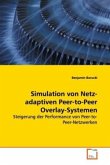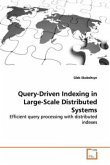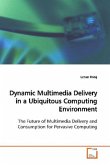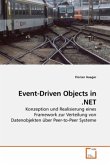In the past few years, Peer-to-Peer (P2P) has emerged as a new paradigm for many kinds of network applications. Embedded Peer-to-Peer (EP2P) systems exploit wireless communications to create dynamic, ad-hoc networks among peers running on small, low-powered and low-cost embedded devices. Generally, this results in heterogeneous networks, where devices can range from PDAs to sensor network nodes. This aspect, combined with constantly changing network topology, raises the need for a high-level framework, allowing for abstraction from low-level problems. Both the Secure Middleware for Embedded Peer to Peer Project (SMEPP) and the Project Juxtapose (JXTA) are specifically aimed at developing such a middleware. This book investigates existing relationships between JXTA and SMEPP, so as to develop a methodology facilitating the re-use of pre-existing JXTA services in a SMEPP environment. Moreover, it aims to design a prototype of service adapter generator, that, given an adaptable JXTAservice, should generate an instance of the corresponding service adapter, capable of handling transparently requests coming from SMEPP clients towards the adapted service, as well as subsequent responses.








